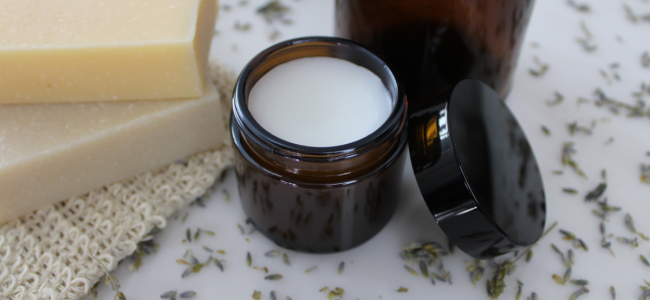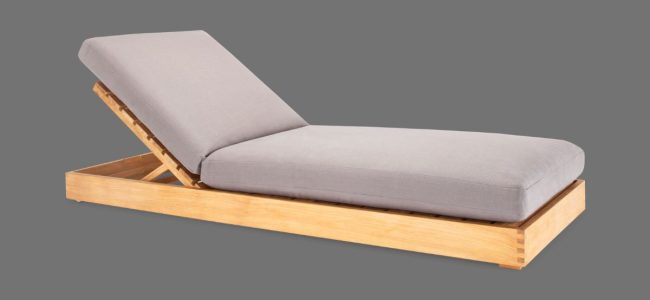

Leather furniture can be a beautiful addition to any home, but keeping it clean and well-maintained can be a challenge. Regular maintenance is key to extending the life of your leather furniture and keeping it looking great. One way to start with your leather sofa care is by using beeswax. Beeswax is a natural ingredient that can protect, clean, and restore the shine of your leather sofa. In this article, we will explore the benefits of using beeswax for leather care and how to apply it to your sofa.
Why Beeswax is the Best Choice for Leather Care
Beeswax is a natural, non-toxic ingredient that is safe for use on leather furniture. It has been used for centuries as a natural leather conditioner, providing a protective layer to prevent the leather from drying out and cracking. Beeswax is also a great choice for cleaning leather as it has natural antibacterial properties that can help remove dirt and grime. Additionally, it can be used to restore the shine of your leather sofa, giving it a renewed, glossy finish.
How to Use Beeswax for Leather Care
To use beeswax for leather care, you will need the following materials:
- Beeswax
- Soft cloth
- Leather cleaner
- Leather conditioner
First, clean your leather sofa with a leather cleaner to remove any dirt or grime. Once the leather is clean and dry, take a soft cloth and apply a small amount of beeswax to the cloth. Rub the beeswax onto the leather in a circular motion, being sure to cover the entire surface. Allow the beeswax to dry for a few minutes, then use a clean cloth to buff the leather. This will help restore the shine and leave your leather sofa looking great.
For best results, it is recommended that you use a leather conditioner after applying beeswax to your leather sofa. This will help to moisturize and protect the leather, keeping it soft and supple.
The Benefits of Using Beeswax for Leather Care
Using beeswax for leather care has many benefits. First and foremost, it is a natural and non-toxic ingredient that is safe for use on leather furniture. Unlike synthetic products, the beeswax will not harm the leather or leave any residue behind. It also provides a protective layer that can help prevent the leather from drying out and cracking, which can extend the life of your leather sofa.
Beeswax can also be used to clean leather, thanks to its natural antibacterial properties. It can help remove dirt and grime from your leather sofa, leaving it looking clean and refreshed. And because beeswax is a natural ingredient, it won’t leave any harmful chemicals or fumes behind.
Finally, using beeswax can help restore the shine of your leather sofa. Over time, leather can become dull and lifeless, but using beeswax can help bring back the shine and give your sofa a renewed, glossy finish.
Can Beeswax Help Restore Old or Damaged Leather Sofas?
Leather furniture can be an investment, but over time it can begin to look worn and damaged. Scratches, cracks, and discoloration can all make your leather sofa look less than its best. Luckily, beeswax can be an effective tool for restoring the look and feel of old or damaged leather sofas.
One of the benefits of beeswax is that it helps to fill in scratches and small cracks, making them less noticeable. It can also help to restore the natural shine of the leather, which can fade over time with use and exposure to sunlight. By conditioning the leather with beeswax, you can help prevent further damage and extend the life of your sofa.
To use beeswax for leather restoration, start by cleaning the surface of the leather thoroughly to remove any dirt or grime. Then, apply a small amount of beeswax conditioner to a clean cloth and rub it into the leather in a circular motion. Be sure to apply the conditioner evenly and in a thin layer to avoid any buildup. Allow the conditioner to soak into the leather for a few hours or overnight before buffing it off with a clean, dry cloth.
While beeswax can be a helpful tool for restoring old or damaged leather sofas, it’s important to note that it may not be effective for all types of damage. In cases of more severe damage, such as large tears or deep cracks, it may be necessary to consult a professional leather restoration service.
Beeswax vs. Other Leather Conditioners
When it comes to leather care, there are a variety of products available to condition and protect your furniture. Beeswax is a popular choice among many leather enthusiasts, but how does it stack up against other types of leather conditioners?
One of the benefits of beeswax is that it is a natural, non-toxic product that is safe for use around your family and pets. It is also known for its ability to help repel water and stains, which can be especially beneficial for leather furniture that is exposed to spills and moisture.
In comparison, other leather conditioners may contain synthetic chemicals that can be harmful to the environment and may not be as effective at repelling water and stains. However, some synthetic conditioners may be better suited for specific types of leather, such as suede or nubuck.
Another factor to consider is the level of shine or finish that you want for your leather furniture. Beeswax tends to provide a natural, matte finish that highlights the natural texture and character of the leather. Other conditioners may provide a higher level of shine or gloss, which can be desirable for certain types of leather or personal preferences.
Ultimately, the choice between beeswax and other leather conditioners will depend on your specific needs and preferences. If you’re looking for a natural, non-toxic product that can help protect and condition your leather furniture, beeswax is a great choice to consider.
FAQs
Is beeswax safe for all types of leather?
Beeswax can generally be used on all types of leather, but it’s always a good idea to test it on a small, inconspicuous area first to ensure that it doesn’t cause any discoloration or damage.
How often should I apply beeswax to my leather furniture?
The frequency of application will depend on how often the furniture is used and how much exposure it has to sunlight and other elements. In general, it’s a good idea to apply beeswax every 6-12 months to help protect and condition the leather.
Can I use beeswax on leather that is already cracked or damaged?
Beeswax can help to fill in small cracks and scratches, but it may not be effective for more severe damage. If your leather furniture is severely damaged, it may be necessary to consult a professional leather restoration service.
Will beeswax make my leather furniture sticky or oily?
When used in moderation and applied in a thin layer, beeswax should not leave a sticky or oily residue on your leather furniture. Be sure to buff off any excess wax with a clean, dry cloth after applying.
Is beeswax environmentally friendly?
Beeswax is a natural, non-toxic product that is environmentally friendly and safe for use around your family and pets. It is also biodegradable and won’t harm the environment if disposed of properly.



